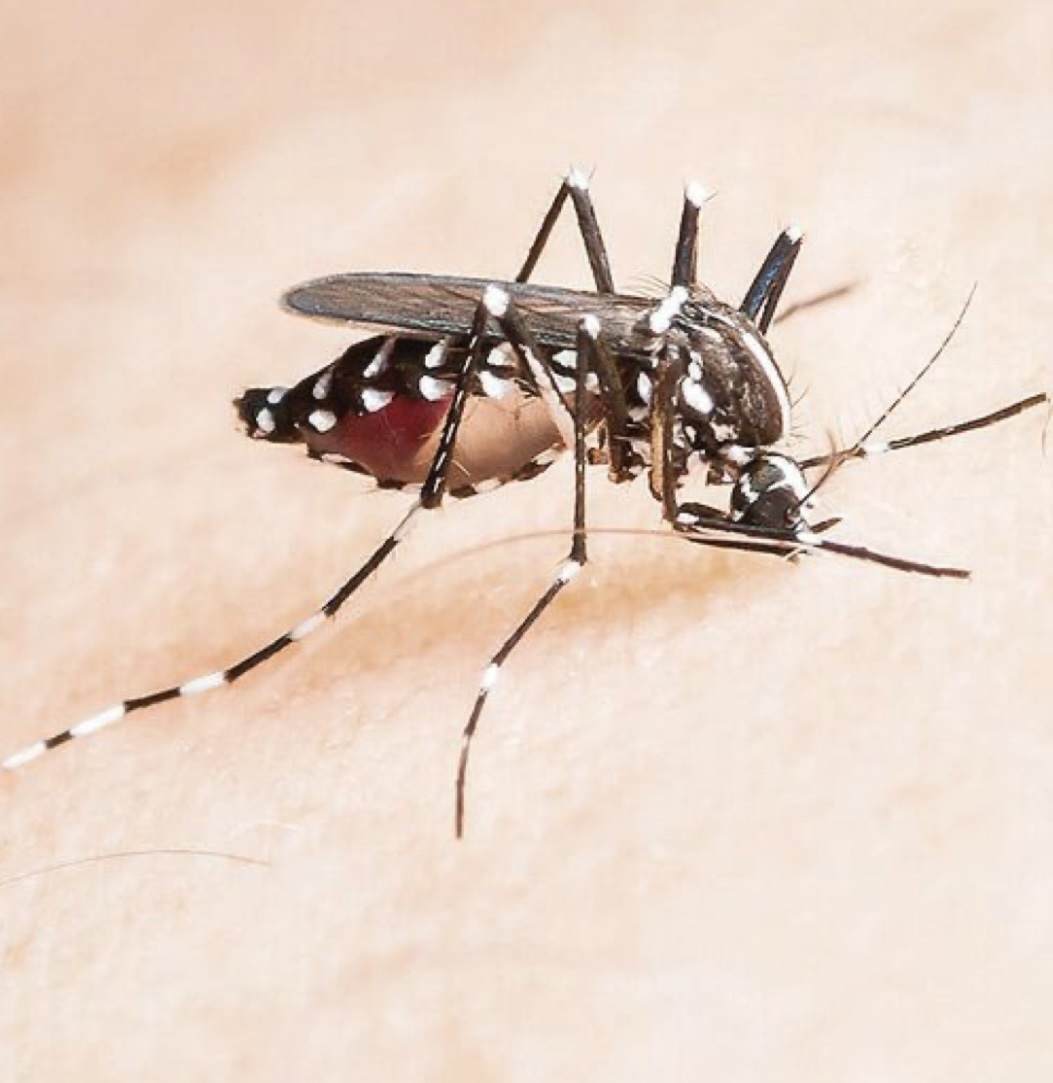Free Delivery & Returns*
100% Guarantee Products
Safe & Secure Shopping
100% Customer Satisfaction

Dengue is a mosquito-borne viral infection common in warm, tropical climates. It is caused by any one of four closely related dengue viruses (called serotypes), which can lead to a broad spectrum of symptoms, including some that are extremely mild (unnoticeable) to those who may require medical intervention and hospitalization. In severe cases, fatalities can occur. There is no treatment for the infection itself, but the symptoms that a patient experiences can be managed.
In 2023, WHO graded dengue as a Grade 3 emergency after outbreaks increased in several countries. Dengue epidemics tend to have seasonal patterns, with transmission often peaking during and after rainy seasons. Several factors contribute to this increase, including high mosquito population levels, susceptibility to circulating serotypes, favourable air temperatures, precipitation and humidity, all of which affect the reproduction and feeding patterns of mosquito populations, as well as the dengue virus incubation period. Unplanned urbanization and climatic factors such as heat waves and high temperatures have increased the intensity, frequency, duration and distribution of dengue in recent years. Lack of sustained surveillance and control interventions as well as staff are some of the other challenges. Absence of an integrated programmatic approach continues to affect countries.
symptoms
Dengue is a self-limiting febrile illness with symptoms ranging from extremely mild (asymptomatic) to severe. Symptoms of dengue may be observed around 4–10 days after the bite of an infected mosquito. Common symptoms are like those of the flu, with patients experiencing:
As the disease progresses, patients can also experience respiratory distress, bleeding from the nose and gums and rapid drop in blood pressure leading to shock. If left unmanaged, this can lead to death. Sound case management of dengue in hospitals has helped to reduce case-fatality rates to less than 1% in most affected countries.
treatment
there are no specific antiviral treatments against dengue fever. Acetaminophen (Paracetamol) is indicated to bring down the fever. Acetylsalicylic acid (Aspirin) and related non-steroidal anti-inflammatory drugs (such as Ibuprofen) should be avoided.
Recovery from infection by one dengue virus provides lifelong immunity against that particular virus serotype. However, this immunity confers only partial and transient protection against subsequent infection by the other three serotypes of the virus. Evidence suggests that sequential infection increases the risk of developing severe dengue. The time interval between infections and the particular viral sequence of infections may also be of importance.
Currently, only one vaccine is available for dengue prevention. WHO recommends the use of Q-denga (TAK-003) in children aged 6–16 years in settings with high intensity of dengue transmission. The vaccination course consists of two injections given 3 months apart
The best way to prevent infection is to avoid being bitten by mosquitoes during the daytime. Mosquitoes that transmit dengue virus often live in and around the home and in the garden. People should:
the end
© Copyrights 2025 Family Cure Nutraceutical Company All rights reserved | Web Design by Digital Eye Solution